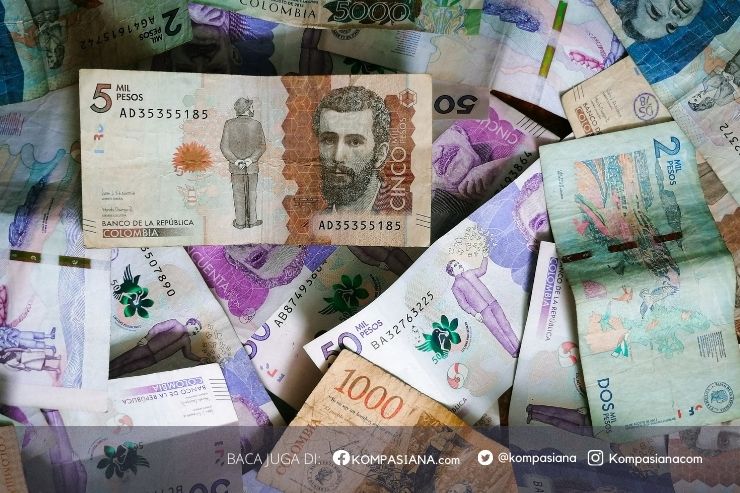It is obvious that our daily life cannot be separated from economic activity. It starts from trading, buying and selling and borrowing. But, there must be an effect in every activity. They can be positive or negative. One of the negative effect from economic activity is inflation. Inflation means an increasing price of goods in general and it continues due to the rising personal consumptions and resource scarcity. However, if the price increasing is only on one or two items, it still cannot be called inflation (Boediono, 1982:155). Almost all country have this problem, including Indonesia. There are three periods of inflation in Indonesia. They are orde lama, orde baru and reformasi. Each period has its own characteristics.
Inflation in the old order started in 1960-1965. But at the end of 1959, there was no sign of inflation. The government's policy was meant to conduct development of authoritarian to make the central bank was required to lend money to the state institutions. As a result, many investors in Indonesia withdrew their investment. No wonder that this made the gross domestic product for that year fell drastically. The inflation rate was rising until at the number 635% (Unit Khusus Museum Bank Indonesia, n.d.). Due to this very high number, the government lowered the value of fractional 5000 and 1000 to 50 and 10 to reduce the rate of inflation (Unit khusus Museum Bank Indonesia, n.d.).
Orba or what we often call orde baru is the longest reigns. Orba was led by President Soeharto for 32 years. Orde baru experienced the darkest history of Indonesia in the field of economics, which is called the monetery crisis. Not only it effected the economic aspect, but also the social aspect. Started at the beginning of the year 1997 when the fund from IMF did not come, plus a snowball effect of loans in previous years. Another cause is that the government hesitated to determine the attitude, then storms La Nina and the world trade situation being sluggish. However, in the end, inflation could be reduced slightly due to the resignation of President Suharto from his position as a president. Although the inflation was still high, but the financial crisis seemed to stop.
The next period was the reform. Reforms started in the year 1998 until today. Early reform begins with a resignation of President Soeharto who was being replaced by Habibie. This year is actually not that different from the previous period. So there was many people who call it the Korupsi, Kolusi, Nepotisme (Corruption, Collusion, Nepotism) transition year. But President Habibie did some economic policies to reduce the inflation. The first step was by maintaining the subsidized BBM so that the distribution of goods can be spread widely and evenly distributed. The second step was the restructuring and banking recapitulation by BPPN and State Asset Management unit, followed by liquidating some troubled banks. Although this method was criticized by the IMF, but this policy succeeded in overcoming inflation.
Basically, the problem of inflation could come at any government. However, this problem can be minimized so that the problems that come along with inflation do not destroy the economy of a country. From the short explanation above, can be concluded that inflation can be controlled in several ways. For example: reduce the fractional value, increase employment and create institutions pengolaan unit of state assets. Although not fully able to stop inflation, at least the inflation rate can be reduced.
References
Unit khusus museum bank indonesia. (n.d.). judul. Jakarta: Bank Indonesia.
Mankiw, N. Gregory. (1998) Pengantar Ekonomi jilid 2. Jakarta :Erlangga
Muhammad, N. Ahmad. (2016, October 10). Sejarah Perekonomian Indonesia.
N. N (1998, December 21). Krisis Ekonomi 1998, Tragedi tak Terlupakan.
Pratomo, Yulistyo. (2015, August 26). Sepak terjang Habibie mampu turunkan harga dollar hingga Rp 6.500.











